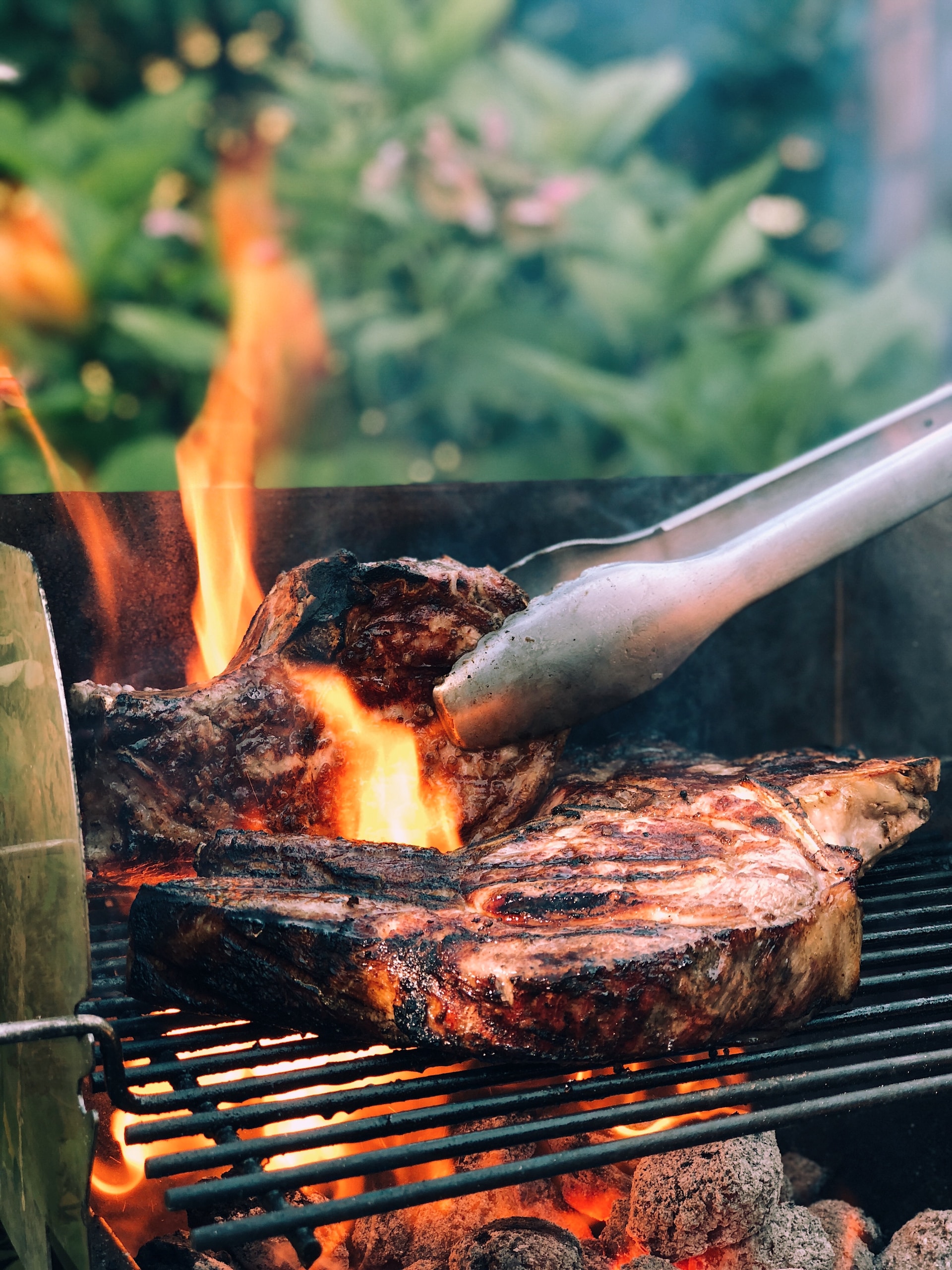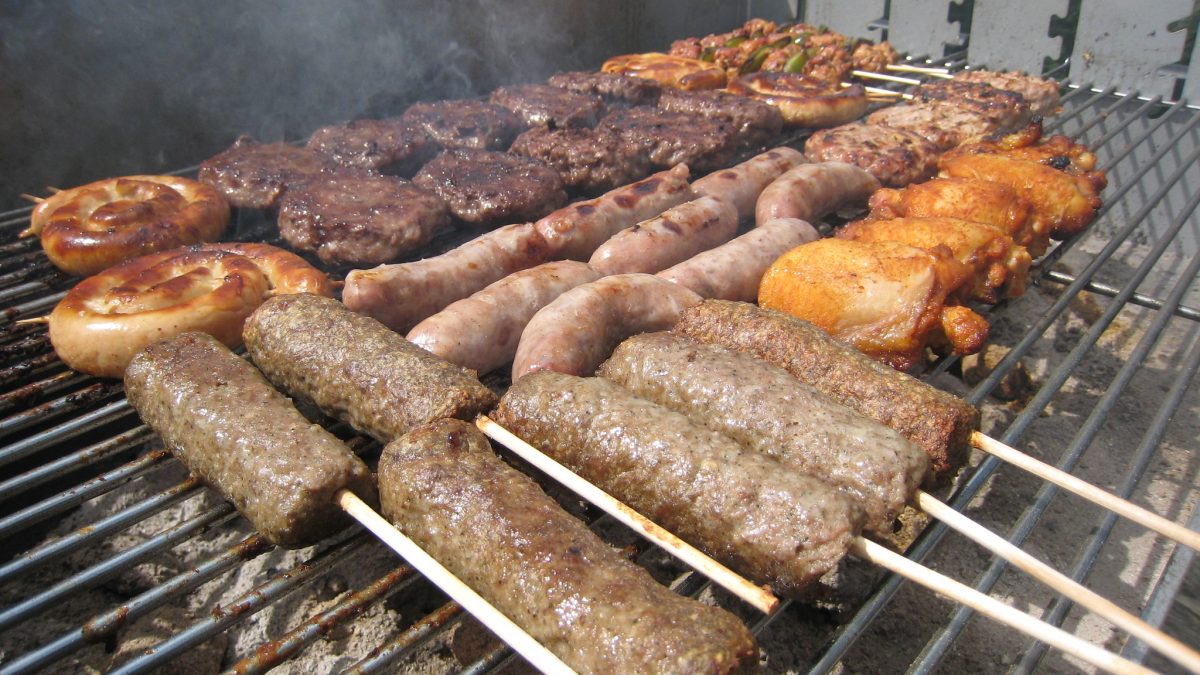A Useful Guide to Meat Barbecues
Find your way around the grill flames
Barbecue grilling is a beloved culinary tradition that brings people together over the irresistible aroma and flavor of food cooked over an open flame. Rooted in ancient cooking techniques, modern barbecue grilling has evolved into a diverse and cherished culinary art form, with enthusiasts around the world embracing a variety of styles and methods – and here’s your guide to getting started.
The Fuels
Barbecue, in its simplest form, involves the alchemical interplay of wood, smoke, and meat, making the choice of fuel a crucial factor in shaping the flavour. Therefore, you should start with the best – opting for lumpwood charcoal crafted from high-quality hardwoods, free from the chemicals found in inferior alternatives, is your optimal choice – no matter what kind of barbecue you have going on, or whether you’re part of a chain like Mang Inasal Philippines.
The Finer Points
Whether it’s traditional American BBQ or an amateur simple search for inasal near me, it’s good to understand the role of collagen in meat; slow-cook tougher cuts for tenderness, while prime cuts benefit from quicker, direct heat. There’s a lot of fine knowledge beyond science as well, with things like – bringing the meat to room temperature and maintaining a thickness of at least 4cm for a well-charred exterior and a juicy interior. Another good thing to do is to dry the meat before generously seasoning it with Maldon sea salt, avoiding table salt with anti-caking agents.
Cooking for real

Place the meat on the grill and resist the urge to disturb it for a minute, turning it every minute thereafter until achieving a tempting caramelization. For thicker cuts, frequent turning helps prevent burning. If yellow flames arise, indicating fat has caught fire, relocate the meat to avoid an overly smoky taste. Avoid overcrowding the grill to ensure ample space for oxygen to reach the charcoal, and remember that cooking times vary based on meat thickness, source, cut, and grill temperature. Temperature control is mastered through practice, recognizing hot and cool spots, and understanding coal burn-down times, so don’t worry if you think you don’t know it just yet.
The final resting
A crucial step in every barbecue is removing the meat before it seems done and allowing it to rest. During this period, the residual heat continues the cooking process, allowing the tissues to relax and resulting in a juicier, more tender serving. Optimal flavour perception occurs at moderate temperatures, making a 20-minute rest at 60°C a game-changer for your grilling experience.
Related posts
Archives
Categories
- Appetizers (26)
- Arab (48)
- Bars (35)
- Burmese (6)
- Café (26)
- Casual Dining (38)
- Chinese (37)
- Coffee House (29)
- Desserts (38)
- Destination Dining (386)
- Diner (28)
- Family Restaurants (71)
- Fast Food (65)
- Fine Dining (524)
- Food Facts (224)
- Healthy Food (108)
- Hong Kong (10)
- Indonesian (15)
- Italian (2)
- Japanese (17)
- Main Dishes (63)
- Maldivian (73)
- Miscellaneous (8)
- Miscellaneous Topics (395)
- Palate (68)
- Recipes (95)
- Restaurants (206)
- Sea Food (99)
- Singaporean (34)
- Sri Lankan (62)
- Steaks & Grill (70)
- Street Food Stalls (152)
- Thai (94)
- Types of Cuisines (120)
- Vegan (63)
- Vegetarian (10)
- Vegeterian (39)
- Vietnamese (22)
- Western (11)

